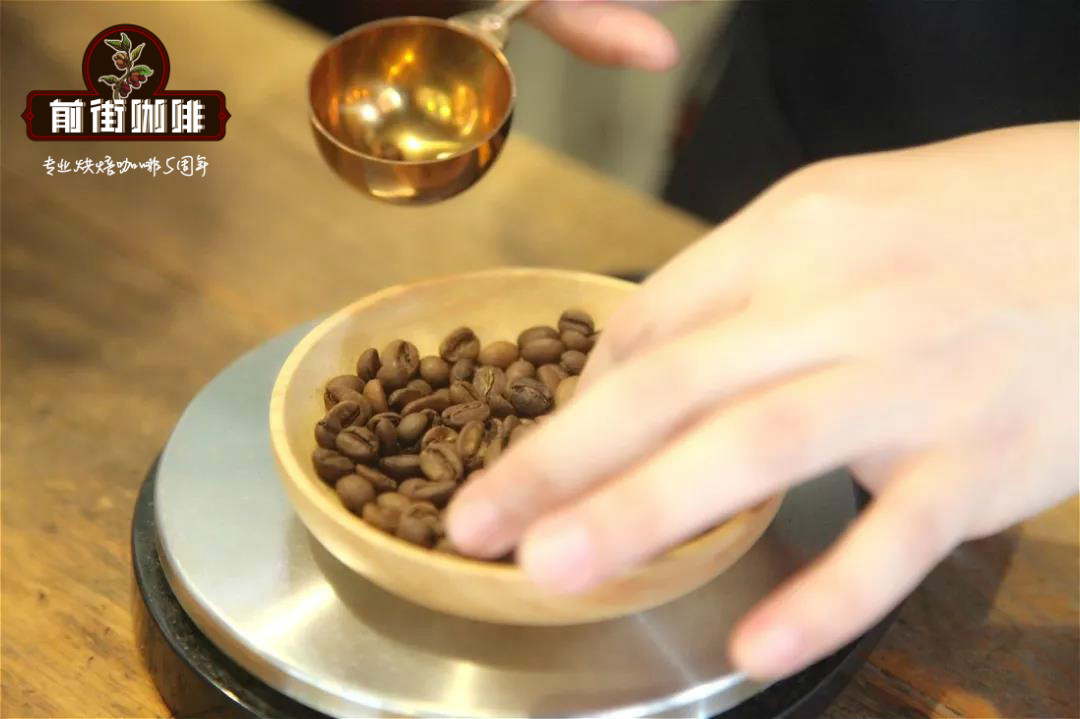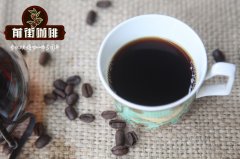Harald is not only one of the best sun-tanned coffee in the world, but also known as "wilderness coffee".

Professional coffee knowledge exchange more coffee bean information please follow the coffee workshop (Wechat official account cafe_style)
"Mocha" is civilized as one of the earliest and once the largest coffee trade ports in the world. It is located in Yemen across the Channel of Ethiopia. Ethiopian coffee was once exported through the Yemeni port of Mocha. Now the port of Mocha has dried up, but coffee produced in nearby areas is still used to calling it mocha.
Harald coffee, which grows within 900m from the Darolebu plain to 2700 m from the highland mountain range of Chercher in eastern Ethiopia. These mountains do provide unique features for these perennial coffee beans: the fruit is full and long, moderately acidic, with a typical mocha flavor. Harald Coffee is the world's leading premium coffee; although the variety is produced abroad, it gives people a friendly feel, smooth and smooth taste, giving people the rich taste of real mocha coffee. Harald coffee has almost the lowest caffeine content, about 1.13%.
Harald is not only one of the best sun-tanned coffee in the world, known as "coffee in the wilderness", but more like a beautiful legend.
Ethiopia is mainly Arabica original; exports raw beans; adopts drying and washing processing methods; mainly produces in the southwest, east and south; harvest time is August / January every year. Sumatra Mantenin is a fine coffee bean grown in the mountains of the plateau 750-1500 meters above sea level. Arabica seedlings were first introduced to Ceylon (present-day Sri Lanka) and Indonesia by the Dutch in the 17th century. In 1877, a large-scale disaster hit the Indonesian islands, coffee rust destroyed almost all the coffee trees, people had to give up Arabica, which had been in operation for many years, and introduced the disease-resistant Robusta coffee tree from Africa. Indonesia today is a big coffee producer. Coffee is mainly produced in Java, Sumatra and Sulawi, with Robusta accounting for 90% of the total production. Sumatra Manning is a rare Arabica species. Planted on hillsides between 750m and 1500 m above sea level, the mysterious and unique Sumatran species give Mantenin coffee a rich aroma, rich taste, strong flavor, slightly chocolate and syrup flavor.
END
Important Notice :
前街咖啡 FrontStreet Coffee has moved to new addredd:
FrontStreet Coffee Address: 315,Donghua East Road,GuangZhou
Tel:020 38364473
- Prev

Before the appearance of the Blue Mountain, Manning was the first flavor difference in single coffee.
Professional coffee knowledge exchange more coffee bean information please follow the coffee workshop (Wechat official account cafe_style) Blue Mountain Coffee: the taste is rich and mellow, and because the coffee's sweet, sour and bitter taste is perfect, so it is not bitter at all, only a moderate and perfect sour taste. Its flavor is rich, balanced, fruity and sour, and can meet people's various needs. Except for this
- Next

Iced coffee, cold extracted coffee and cold brewed coffee are the same kind of coffee? Or what do the three of them have?
Professional coffee knowledge exchange more coffee bean information please follow the coffee workshop (Wechat official account cafe_style)
Related
- Detailed explanation of Jadeite planting Land in Panamanian Jadeite Manor introduction to the grading system of Jadeite competitive bidding, Red bid, Green bid and Rose Summer
- Story of Coffee planting in Brenka region of Costa Rica Stonehenge Manor anaerobic heavy honey treatment of flavor mouth
- What's on the barrel of Blue Mountain Coffee beans?
- Can American coffee also pull flowers? How to use hot American style to pull out a good-looking pattern?
- Can you make a cold extract with coffee beans? What is the right proportion for cold-extracted coffee formula?
- Indonesian PWN Gold Mandrine Coffee Origin Features Flavor How to Chong? Mandolin coffee is American.
- A brief introduction to the flavor characteristics of Brazilian yellow bourbon coffee beans
- What is the effect of different water quality on the flavor of cold-extracted coffee? What kind of water is best for brewing coffee?
- Why do you think of Rose Summer whenever you mention Panamanian coffee?
- Introduction to the characteristics of authentic blue mountain coffee bean producing areas? What is the CIB Coffee Authority in Jamaica?

